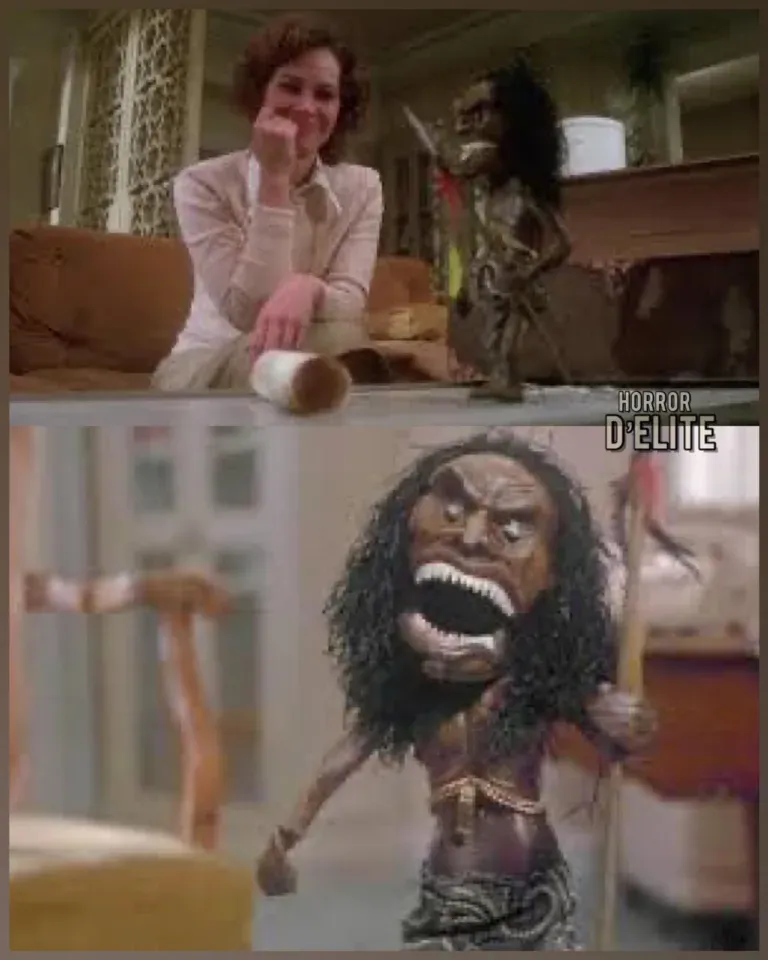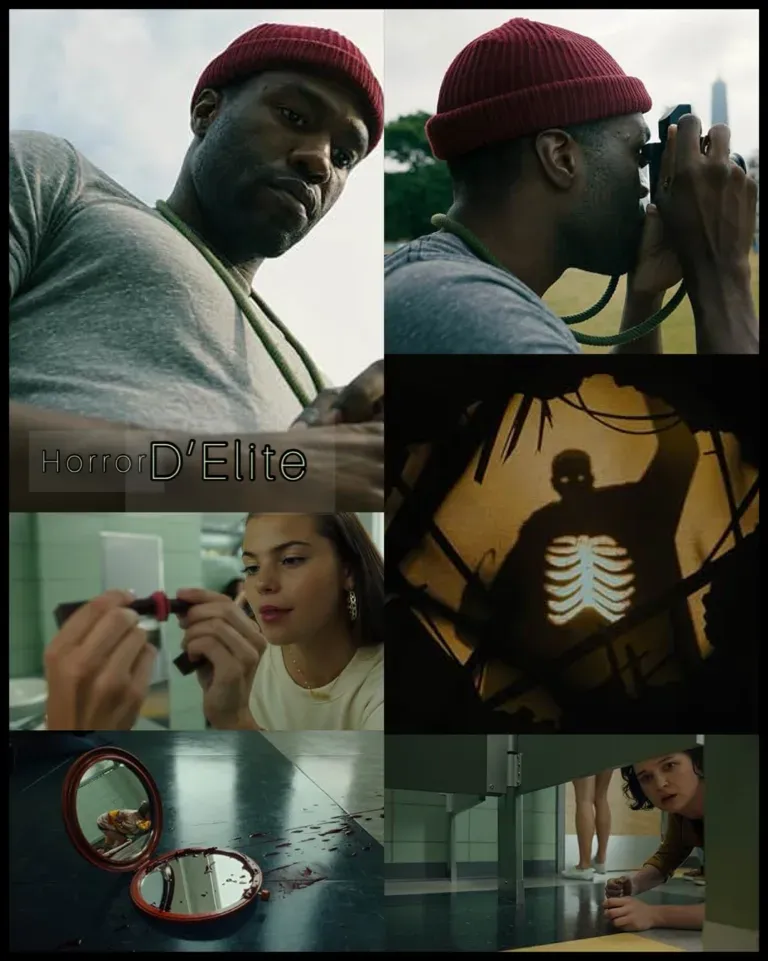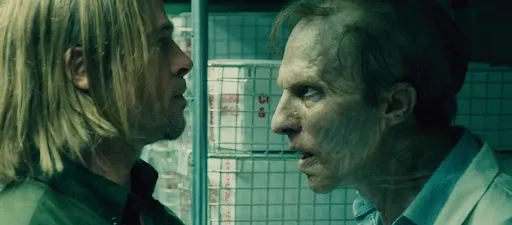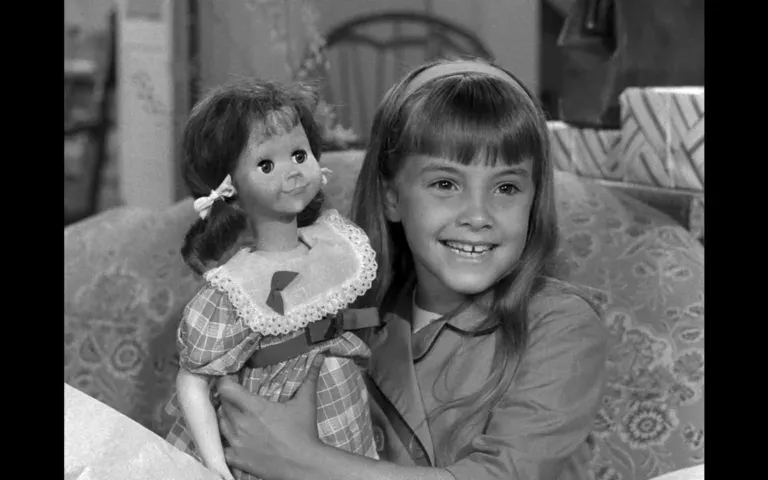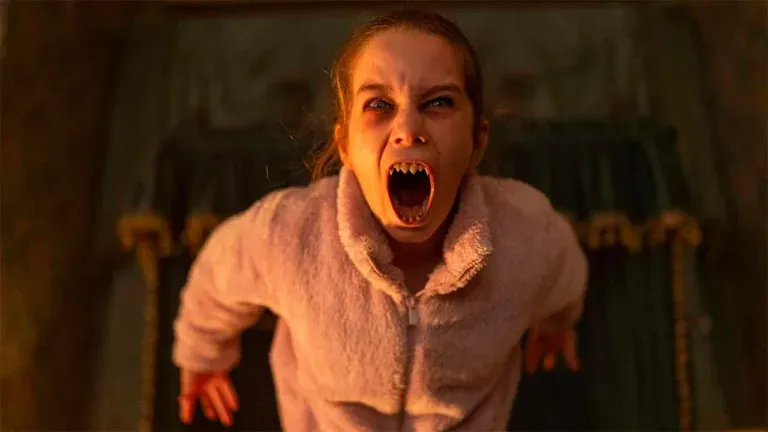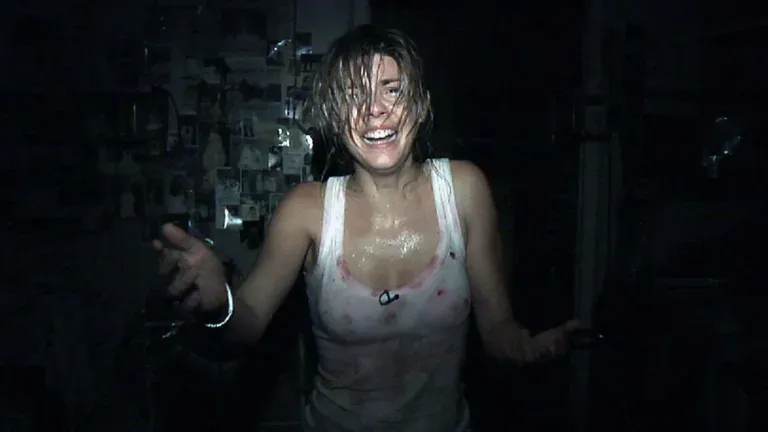House of 1000 Corpses
 House of 1000 Corpses
House of 1000 Corpses
by Rob Zombie (2003)
A group of friends traveling through rural America in search of bizarre stories and local myths encounters the Firefly family.
Quote.
“Listen well, you little bourgeois Barbie bitch, I’m trying to work here. Work, you know what that means? Yes, sure: you must have made ice cream for those jerk-off friends of yours during summer vacation. I’m sorry, sweetie, but you won’t find those ridiculous white socks with Mickey Mouse on one side and Donald Duck on the other. Nor comics or animated dolls. Our bodies are mortal, but this blood is forever.”
(Otis)
 Dr. Satan.
Dr. Satan.
Of course, the name is quite unsettling and bodes nothing good. But when suggested by a character like Captain Spaulding, curiosity takes over. You have just visited his little horror museum at the back of the gas station. You stand before this strange and friendly clown with easy jokes, and suddenly the name of this legendary local killer pops up. And that’s exactly what you were looking for. After all, you and your friends set out for this reason. In the “tourist guide” of oddities you want to compile, that name cannot be missing. So, there’s only one thing left to do. Get back on the road and investigate.
 Considerations.
Considerations.
Rob Zombie makes his directorial debut with this first chapter of the trilogy dedicated to the Firefly family. The House of 1000 Corpses is certainly not unique in terms of plot. We are again faced with a group of not-so-smart kids who fall prey to a family of psychopaths. Nothing new from this perspective. The setting is also not very original and immediately recalls other films. The interest, of course, lies in the staging and the “visual” inventions. Here, Zombie shows he has a good style, fragmenting the narrative with continuous violent sequences shot in a style similar to that of music videos. Filtered images are presented, which are a veritable collection of quotes and homages to genre cinema of the past. All bubbling in the same cauldron, creating a decidedly fascinating and violent mix, even if not particularly original. The House of 1000 Corpses does have two undeniable merits. The first is that it never takes its foot off the accelerator when it comes to showing the massacre. In fact, everything appears with a certain satisfaction and a good dose of malice, where other films tend to stop. The second merit is having brought to life and space (though unfortunately too little) the character of Captain Spaulding, who has become one of the undisputed icons of genre cinema since the 2000s. A mad clown killer, who entertains tourists with sexually charged jokes and fried chicken, played by the late Sid Haig. But Sheri Moon Zombie, as Baby Firefly, also has the right charisma to pop on screen, and Bill Moseley is a reliable presence as always. The House of 1000 Corpses has evident flaws and never fully delves into the vices and “ugliness” of rural America. However, it possesses a good dose of courage in showcasing the destructiveness of the human soul and proves to be as genuine as it is disturbing.
 Conclusions.
Conclusions.
The House of 1000 Corpses is an homage to the horror films of the ’70s, particularly the “grindhouse” genre and slasher films. It is known for its extremely raw visual style that combines elements of black humor, surrealism, and graphic violence. It has gained a cult following, especially among horror cinema fans, and established Rob Zombie as a director capable of creating unique and haunting atmospheres.
 Subscribe to our YouTube channel
Subscribe to our YouTube channel
Dive into a thrilling world with Nightmares
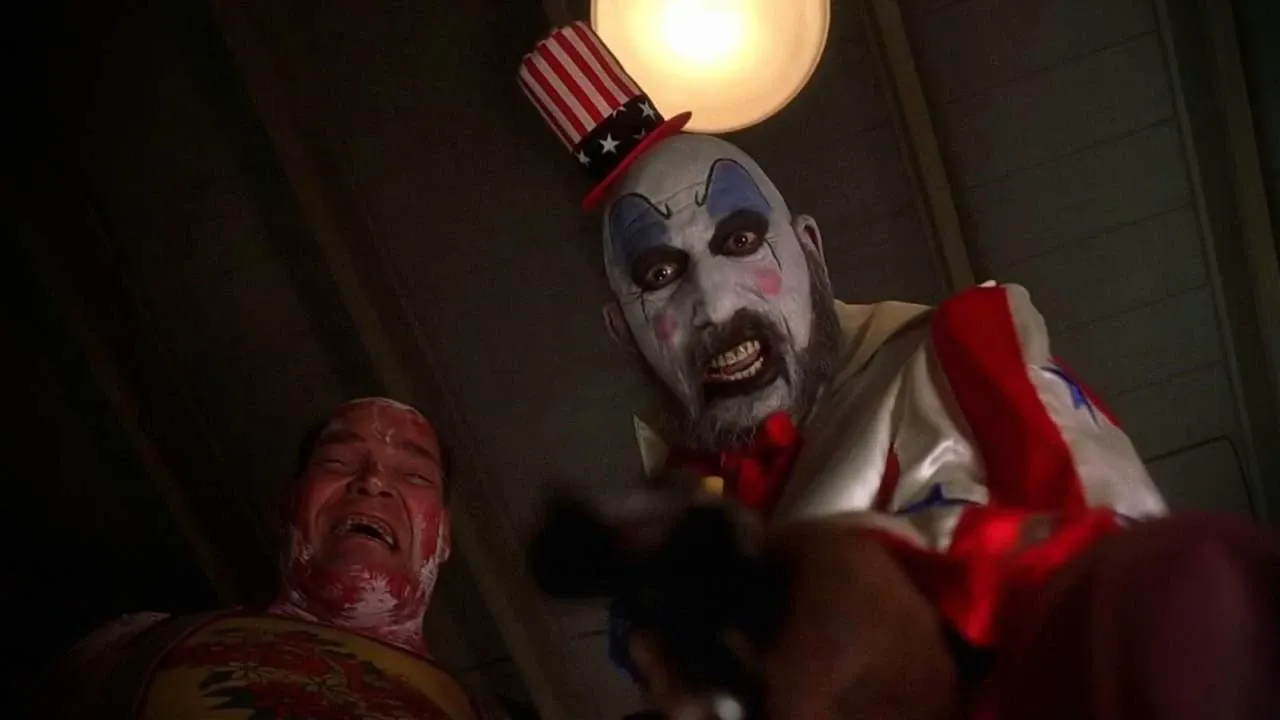
 Dr. Satan.
Dr. Satan.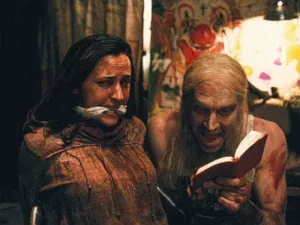 Considerations.
Considerations.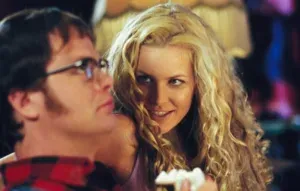 Conclusions.
Conclusions.